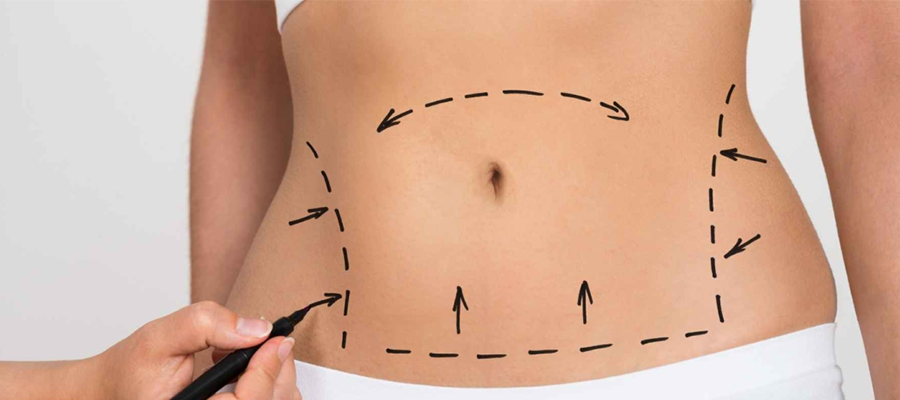It is the operation of rejuvenating and shaping the abdominal wall applied to men and women with sagging, fractured and weak abdominal muscles of the skin in the abdominal region. Along with the most important reason for women is birth, the common cause is the fast gain and lose weight.
There are 3 sections in the abdomen’s tight, flat and aesthetic appearance; Skin, fat tissue distribution and Rectus (abdominal muscle). In women, the connective tissue of the rectus muscle weakens with pregnancy and no matter how much weight is losen, cannot be rid of from the umbilical view.
The main goal of abdominal stretching is the removal of excess skin tissue, while the abdominal wall of the abdomen (rectus) is tightened to obtain a flatter abdomen appearance and to eliminate the possibility of hernia that may occur in the future.
Abdominal Stretching Surgery application
Two types of abdominal stretching are performed. In these surgeries, which are divided into full and mini-operations, they are similar in procedure introduction but differs in application.
Full Abdominal stretching surgery
It is the most common procedure for patients with advanced skin laxity, fissured skin, excess skin overlying the genital area, weak muscle tissue. With the surgery under general anesthesia, the abdominal skin and subcutaneous fat tissue are freed from the anterior abdominal wall, the rectus muscle diastasis is repaired, and the skin is tightened to remove the sagging and fractured skin. These operations are planned in the shortest dimensions so that the incisions remain under the underclothes, even if they leave a long horizontal cut. In the abdominaplasty operations the belly hole is regenerated, unlike the partial stretching. It can be combined with liposuction if excess fat is present.
After the surgery
A special corset is worn after surgery. In order to prevent the accumulation of blood or serum fluid inside the abdomen for stretching operations, special rubber or silicone tubes, which are discharged into the outer chamber, are placed inside the drain.
Patient stays in the hospital for 1-2 nights after surgery. From the 7th day following the operation, patient can continue to his/her social life easily.

